Early Orthodontic Treatment
Early Orthodontic Treatment for Children
What is the difference between early orthodontic treatment and regular orthodontic treatment, and why might my child need early treatment? How will early treatment benefit my child in the long run?
These are just a few of the questions surrounding the topic of early orthodontic treatment for children. The American Association of Orthodontists recommends that children see an orthodontist or a Pediatric Dentist for early orthodontic evaluation as early as age seven. At this point the pediatric dentist will evaluate whether your child will need orthodontic treatment.
Early treatment (also known as Phase One) typically begins around age eight or nine with the orthodontist (Phase Two will begin around age 11 or older) but it begins much more earlier with the pediatric dentist. The goal of early treatment is to correct the growth of the jaw and certain bite problems, such as underbite and crossbite. Early treatment also helps to make room for permanent teeth to come in properly, lessening the chance of permanent teeth extractions in the future and shorthening the lengh or difficulty of orthodontic treatment.
Sometimes, when it is necessary early orthodontic treatment can start in the pediatric dentist as early as three years old. Certain situations like crossbites or oral habits (thumb sucking) can be resolved with a simple appliance that is active just for couple of month as early as three years old.
Posterior crossbite - corrected on a 3 year old with quadhelix appliance in 3 month. Usually the appliance is permanently cemented with a special type of cement used in pediatric dentistry so the compliance with wearing it will not be an issue. Very rare the appliance will need to be recemented. Usually children have to wear it for up to six month.
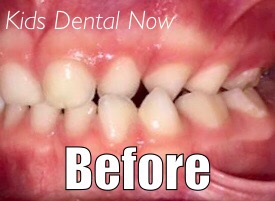
Lower anterior crowding - fixed by the extraction of the baby canines just 3 years before they normally exfoliate, and space management using a bilateral space maintainer appliance. The appliance is very important to maintain the space simetrical on both sides of the mouth just as the extraction of both canines is neccessary to create symmetry. If either the appliance of the canines does not follow the rule shifting of the remaining teeth can create disturbances very hart to correct later on.
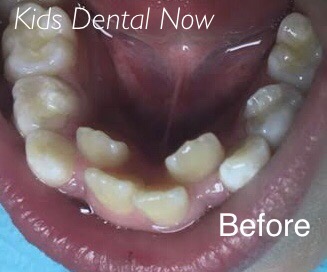
How to tell if your child may need early orthodontic treatment:
- Early or late loss of baby teeth (your child should typically start losing teeth around age five, and will have all permanent teeth around age 13)
- Difficulty chewing and/or biting
- Mouth breathing
- Your child continues sucking his or her thumb after age two
- Speech impediments
- Protruding teeth (the top teeth and the bottom teeth extend away from each other)
- Teeth that don't come together in a normal manner or even at all
- Shifting of the jaw when your child opens or closes his or her mouth (crossbites)
- Crowded front teeth around age seven or eight
What causes orthodontic problems, and how will early treatment benefit my child?
Orthodontic problems such as crowding of the teeth, too much space between the teeth, jaw growth problems, protruding teeth, and bad bites can be inherited or caused by injury to the mouth, early or late loss of baby teeth, or thumb-sucking habits.
Most children lose all their baby teeth by age 13, and by the end of their teen years, the jaw bones will harden and stop growing. Orthodontic procedures for adults often take more time and can involve tooth extraction or oral surgery. Receiving early orthodontic treatment as a child can help prevent the need for orthodontics as an adult, leaving little to no chance of extraction or surgery in the future.
If your child is between the ages of seven and eight and shows signs of needing orthodontic care, or if you have been directed by your family dentist to visit the orthodontist, please contact our practice and schedule an appointment. Our team will provide your child with an initial exam, and discuss with you the best steps to take toward caring for your child's smile.

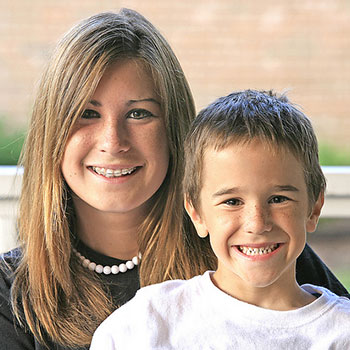
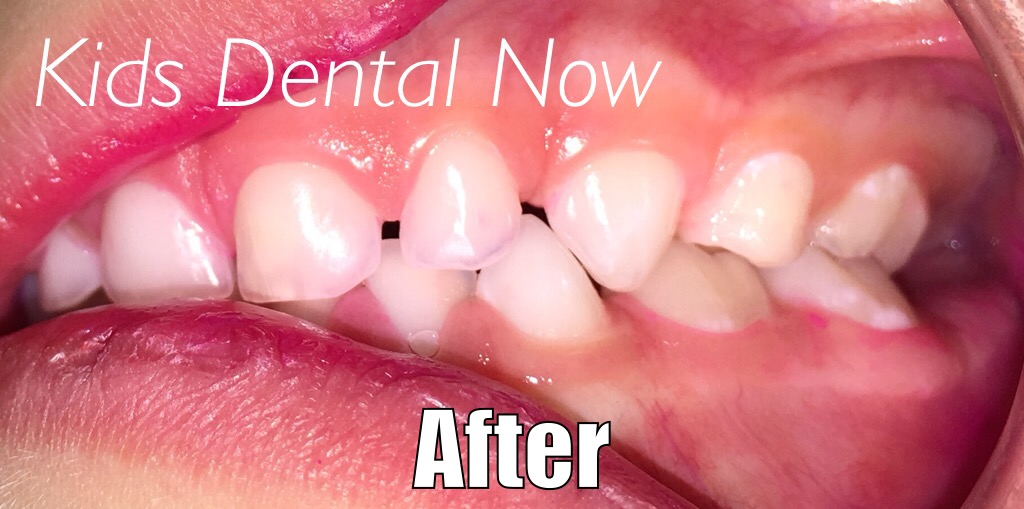
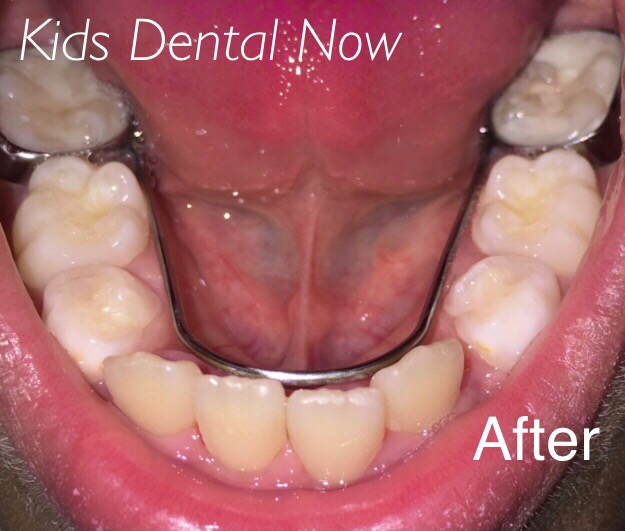
 Website Powered by Sesame 24-7™
Website Powered by Sesame 24-7™